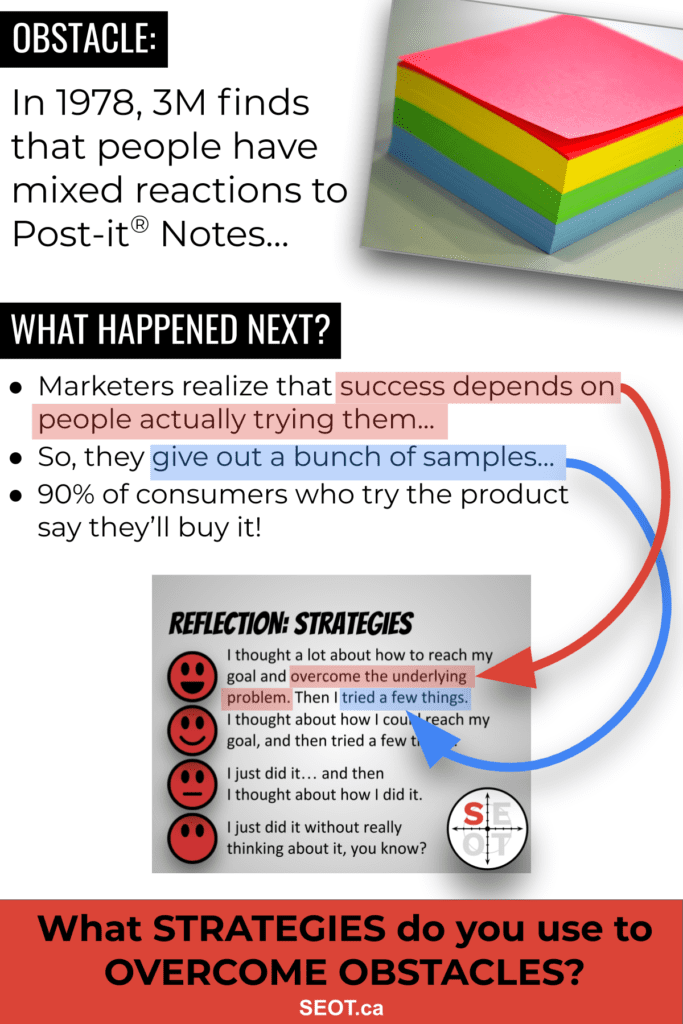Sometimes, in life, we get caught up looking for the big win – like finding our soul mate, falling in love and living happily ever after.
In business, we can get hyper focused on working towards major milestones: launching the new product or hitting our sales targets.
But, sometimes instead of looking at the big picture, we need to focus on the day-to-day.
Teresa Amabile is a professor at Harvard Business School.
To get a better understanding behind the psychology and performance of people doing complex work, she collected around 12,000 daily diary entries from 230 professionals working across 26 project teams in different companies. (Read the article from the Harvard Business Review.)
What does she find out?
Making progress in meaningful work is the number one factor that leads to positive inner work life – the mix of emotions, motivations, and perceptions that is critical to performance.
And of course, this is a cycle.
- Positive inner work life leads to more progress
- which leads to more positive inner work life
- which leads to more progress and…
- you get the idea.
A key finding of this research is that progress in the work has to be meaningful and, it has to be clear how your efforts contributed to that progress.
- Meaningful doesn’t have to be about the big win or saving all of humanity.
- It just has to be meaningful to the person doing it.
SEOT is an acronym to help us get the most out of life. The E stands for Effort.
(It’s explained more in the goal setting slideshow)
Watch SEOT YouTube Video #18:
SEOT Step to Success #18 is to CELEBRATE SMALL WINS
We can learn a few things from this business study to help us achieve our goals.
Successful projects were ones where the project manager would clearly set out the goals of the project and provide enough time, resources, and support for the project to succeed.
The team members then had the independence to figure out how to achieve the goal.
Sometimes, goals are given to us by our boss, our teacher, our parents, or circumstances out of our control.
And that’s life.
We can still own the goal by figuring out how we are going to achieve the goal.
If we can find small wins that matter to us along the way, we can feel good, be more motivated and have a better attitude towards our goal project.
We need to find a way to make the win matter to us personally – because what’s meaningful to me may not be meaningful to you. Everyone is different.
- Did you get a better mark than you did on the last test? Maybe that’s a win for you.
- Were you able to get 10 minutes of moderate physical activity today? Maybe that’s a win for you if you’re just starting out. Or maybe, being active three times a day is the win for you.
- Have you figured out the solution to a problem that you’ve been working on for a while? Even though it might be a little thing in the entire project, for you that might be a huge win because it really stumped you.
- Did you manage to get out of bed? For many people, that’s nothing. But, remember, it’s okay to be not okay. And sometimes, if you’re not okay, finding the strength to just get out of bed is a huge deal. Depending on where you’re at, maybe that’s a win for you.
Think about your goal.
- What are you doing that might be meaningful to you on a personal level?
- How could you find and celebrate a small win every day?
Remember, we’re trying to get into a POSITIVE FEEDBACK loop where celebrating the small meaningful wins helps us to produce more results which helps us to produce more small meaningful wins, etc.
Good luck!
(Hey, teachers! Check out this growth mindset lesson package or this 2021 New Year’s Resolution lesson plan!)
Bonus video clip:
Here’s a video clip where Teresa Amabile talks about the power of small wins.
